The trailer for the film (now named Apha) was released in mid July. I've watched it three times and haven't noticed anything in it that screams "boat trip across the Atlantic ice." I also haven't been left with much hope it will be a good cinematic treatment of life in the Upper Paleolithic.
Here is the trailer: watch it yourself and then we'll discuss.
Apparently something goes awry with the plan, as the protagonist gets tossed over a cliff and separated from the group. He is then chased by wolves and befriends one that is injured, creating the first human/canine bond and forever changing the world (hence the title Alpha).
To my eye, what's shown in the trailer is unexciting. The actors look like A-listers who need a bath, and the scenery looks more like the sterile CGI landscape of 300 and The Phantom Menace than the real natural world shown in films like The Black Robe.
I give the trailer a score of three bored yawns (out of five, not ten).
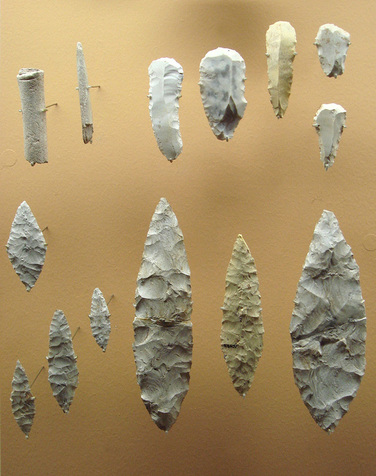

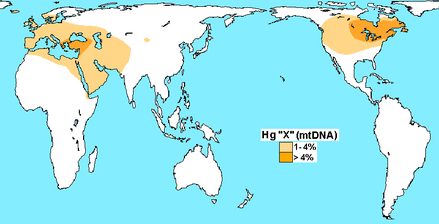
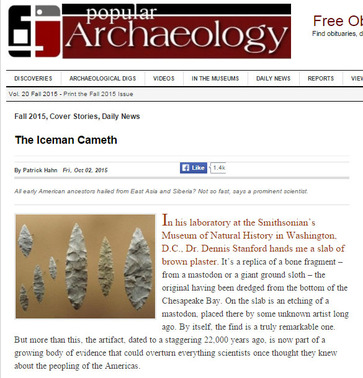

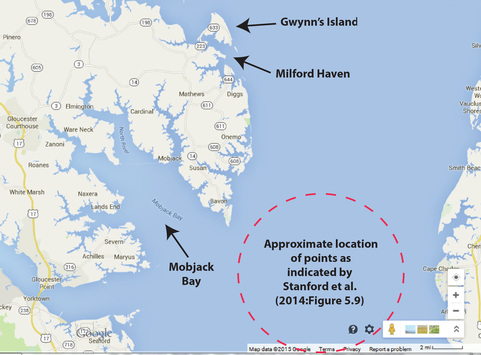
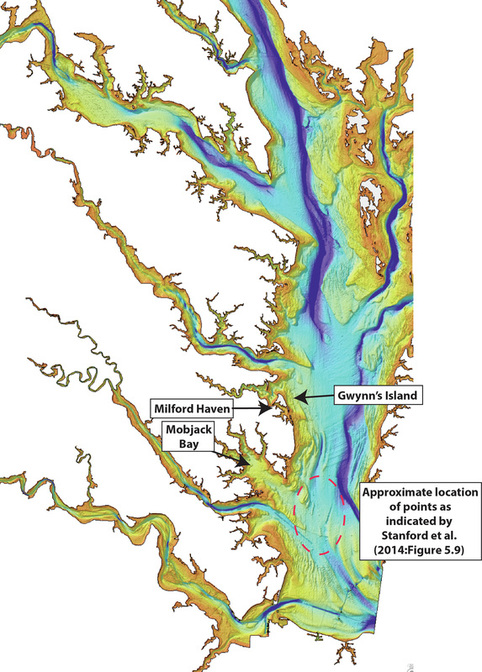
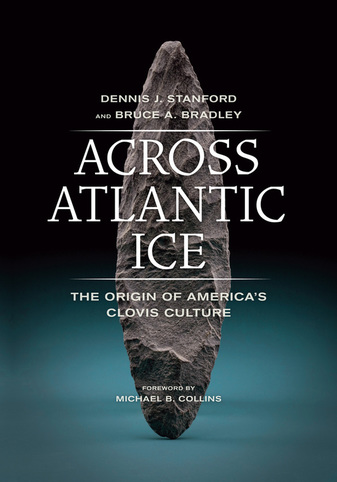


 RSS Feed
RSS Feed
